What to Pack for Galapagos (2024 Guide)
Galapagos 2024 Packing Guide: what to expect, how to prepare, and what to pack
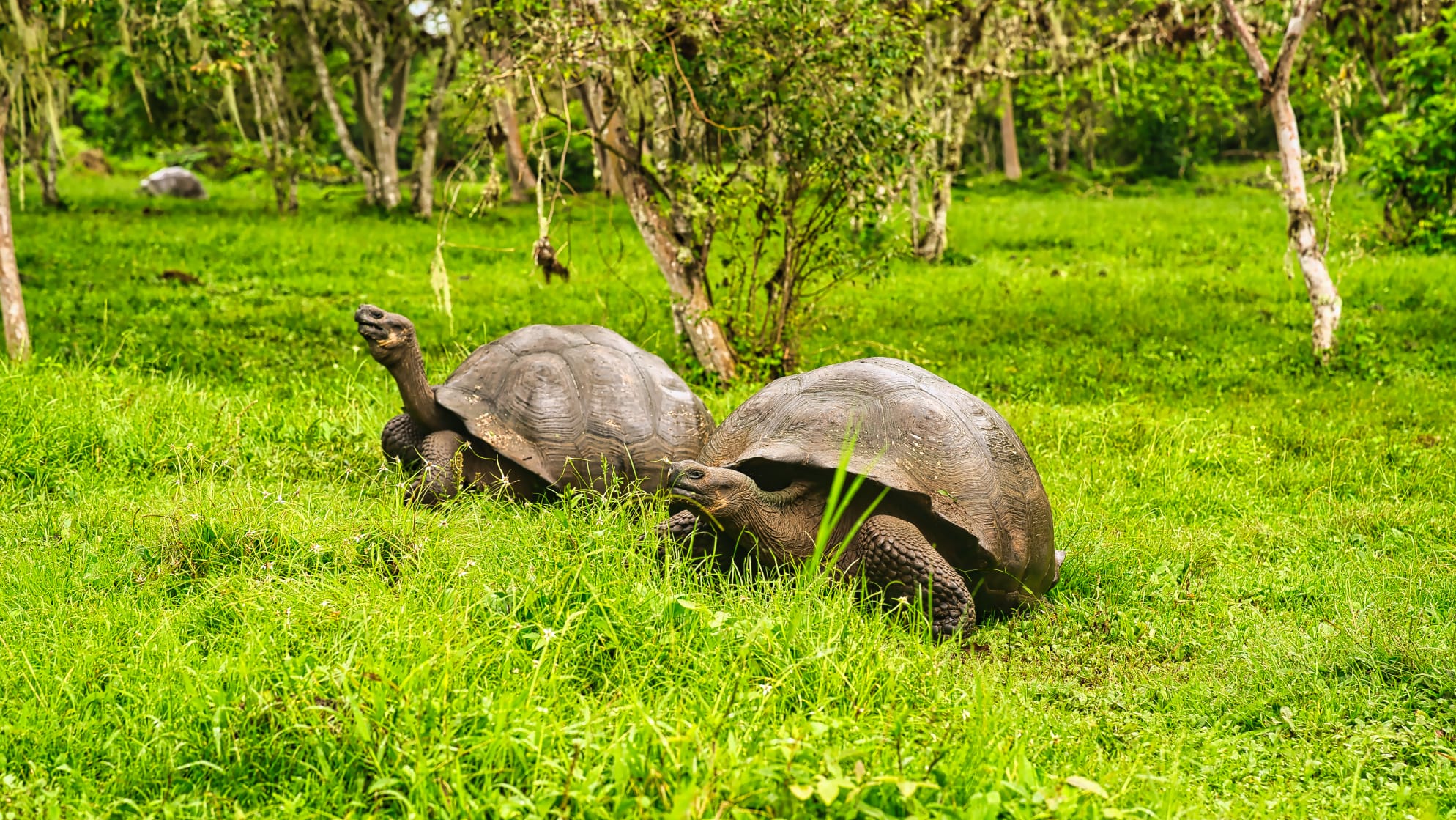
Sure: you can find lists online when you Google. But a lot of these lists seem to have ulterior motives and seem to get a lot wrong (like the clothes you should wear). Worse yet, a lot of these guides don't take into account the overbeaing internet coverage that the Galapagos has experiend thanks to Starlink.
This is the list I wish I had before leaving for the Galapagos: the unbiased guide for Americans, Canadians, or Europeans travelling abroad to the Galapagos for the first time. Read this gude so you don't make the same mistakes as me.
Why trust me? I spent over 3 weeks in the Galapagos in 2024.
Shorts
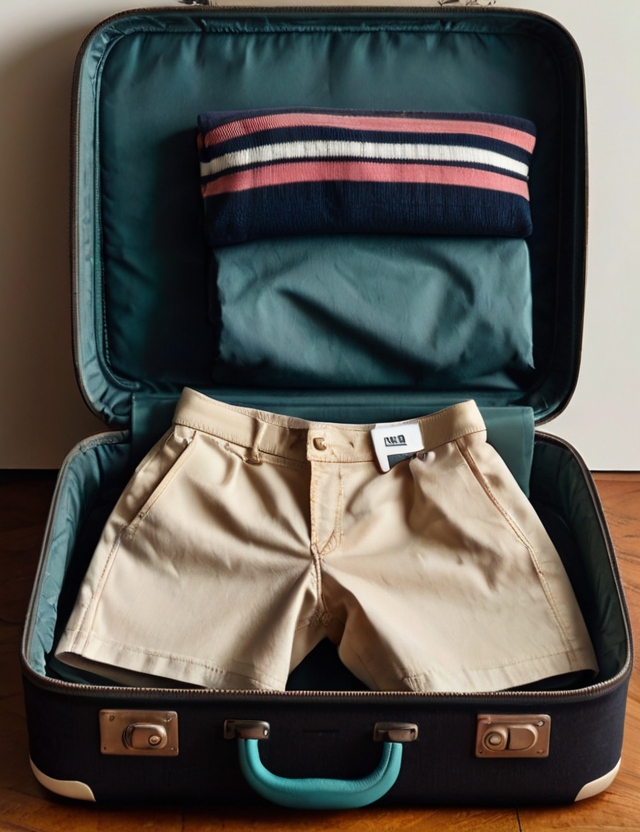
Pack shorts -- and lots of them.
Temperatures always fluctuate around 25-30 degrees Celsius. If you wear pants, you'll struggle and sweat.
You'll often find people wearing gym shorts. Even though the largely Catholic population may not approve, it doesn't matter; in the Galapagos, people largely follow island culture; I've walked around in the Galapagos with no shirt at all and had no problems. Of course, you may have trouble entering restaurants, but you can always try dining at a seaside restaurant if you want to remain topless.
Why not just buy some shorts, though?
That's a bad idea. Shorts cost from $50 USD and upwards per pair! From browsing the many clothing and souvenir stores, it seemed to me that most of the shorts were either imported from the US or not made locally. Why this is shocks me still, but the fact remains that you just can't find cheap shorts in the Galapagos.
Sunscreen
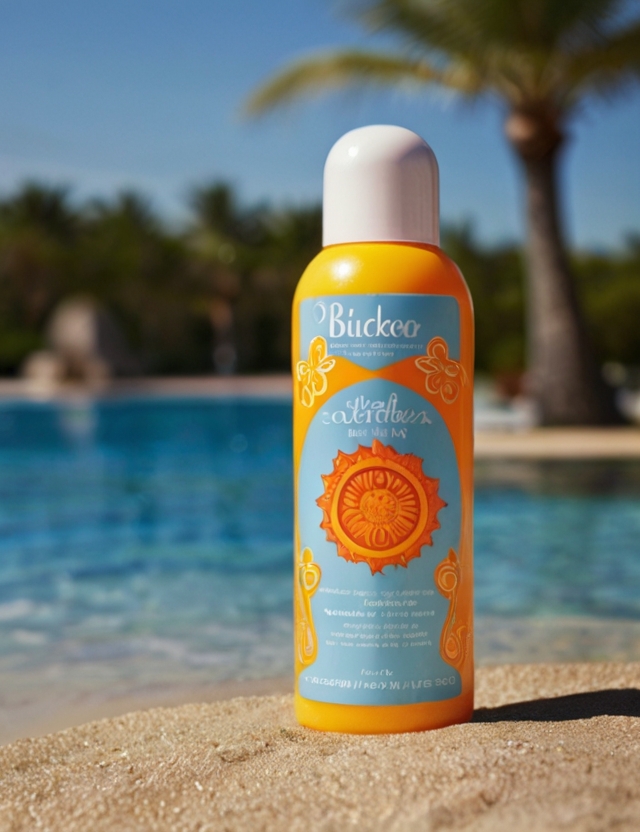
Sunscreen in the Galapagos is extremely expensive. Even in the more densely populated islands, you won't find sunscreen cheaper than $20 USD. In the mainland (el continento), you can expect to save about 20-40%, costing an average of $15-$20 USD even in mainland Ecuador. Thus, it goes without saying: bring your own sunscreen.
The sun hits extra strong in the Galapagos, as you're right on the equator. As a result, you'll easily burn if you don't either cover yourself or put sunblock on all of your body.
How much sunscreen should you bring, though? Expect to use about one fifth of your bottle every day. This should be enough to cover your entire body every day.
Of course, some days you may not wish to spend outside (crazy idea, right?). In that case, you may be able to get by without bringing as much sunscreen. Plan to bring enough sunscreen to the Galapagos to plan your trip accordingly.
What about SPF?
It doesn't matter, as long as you get 30 SPF or above. Research has shown that anything beyond that has significantly diminishing returns.
Waterproof Sunscreen in the Galapagos
Pretty much all the sunscreen you'll find in Pharmacies in the Galapgos is waterproof. But certainly don't bring non-waterproof sunscreen if you plan on swimming. As a general piece of advice, always bring waterproof sunscreen to the Galapagos.
Sandals
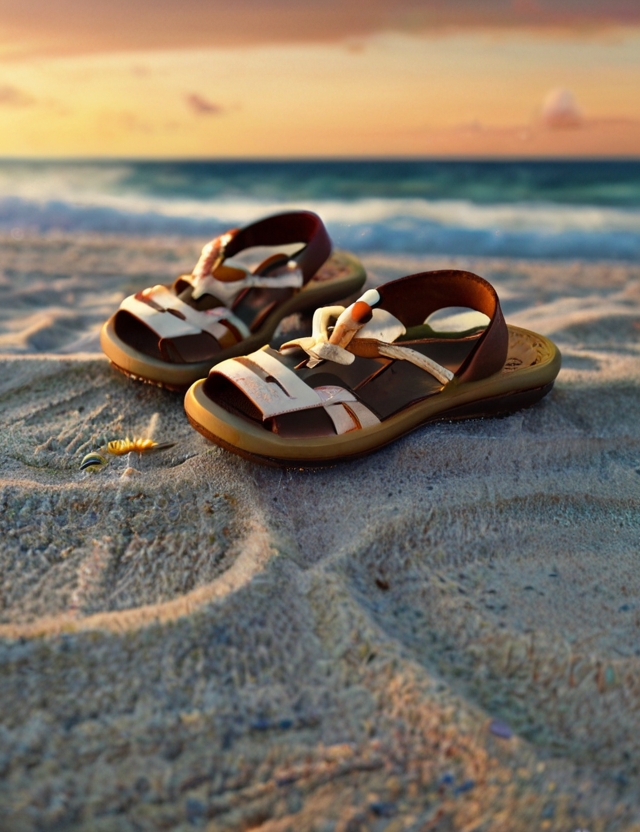
Flip-flops, sandals, T-Vas, or whichever form of outdoor light shoes you prefer will come in handy when it comes to making trips to and from the beach. While you don't absolutely need these, they do make the task of exiting from the sandy beaches easier.
If you plan to venture to Isabela island (which I would highly suggest), then bring sandals or slip-ons. Allocate a section in your luggage to a pair. Remember to pack them in a plasic or grocery bag to prevent the rest of your bag from getting sand all over it.
What if you forget or don't have the space for sandals or slip-ons? Is it that bad?
Yes.
It's extremely hard to find decent (if any) outdoor shoes in the Galapagos. This shocked me, but the more I looked, the more grim the outlook seemed. While you can find crocs, they will come in at a whopping $50 USD! The Brazilain Havaianna's come in a little lower, at around $45 USD. That's a huge price increase from the meager $15-20USD in Brazil.
What about Barefoot
You can actually do this, but large sections of the roads, even in larger cities like Puerto Ayora, are unfinished and will make for an unpleasant walking experience. Furthermore, on sunny days, expect to scorch your feet; the stone and cement materials used on the roads seems intentionally designed to retain heat; you can feel the heat radiating even when in shoes, from the ground on sunny days.
Admittedly, I did go barefoot on a few occasions during my one-week stay in Puerto Villami, but I wouldn't suggest this lifestyle for the feint-of-heart. In summary, I highly suggest bringing slip-ons or sandals to your Galapagos visit.
Gym Shirts
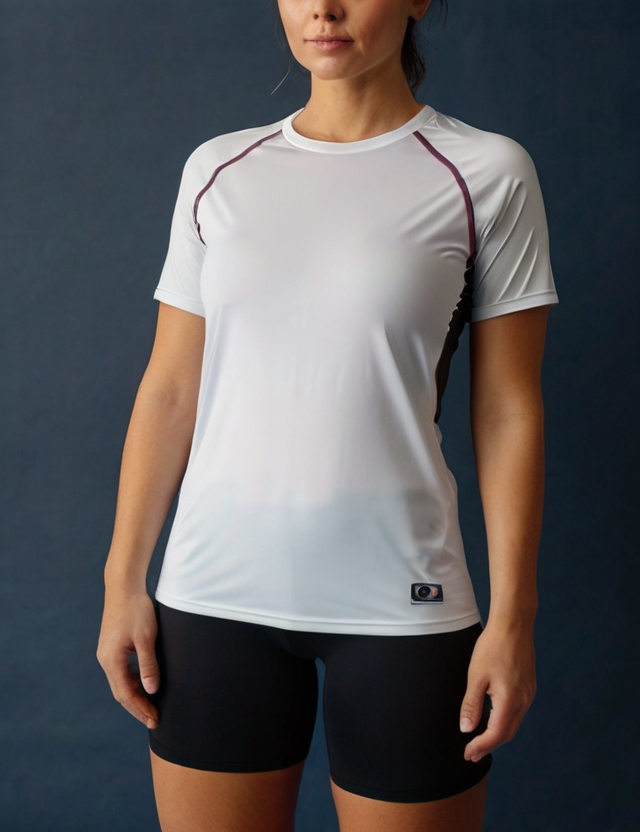
Very much like the shorts you should bring, stock your suitcase full of gym shirts. By gym shirts, I mean light shirts designed for working out. If you live in the Americas or Europe, then I highly suggest the Dacathlon exercise shirts.
Gym shirts facilitiate breathing and prevent pools of sweat from accruing on your shirt. Thus, it goes without saying don't bring cotton shirts. Instead, aim to bring shirts with neoprene or sweat-resistant materials to keep you cool.
Why not just buy gym shirts in the Galapagos? Well, you can, and you might find a few odd deals at $10 USD per shirt, but the quality won't compare to a gym shirt you can buy at your local second-hand store or Dacathlon.
Snorkel and Mask
If you plan on visiting Isabela island (which you really should), then pack a snorkel and mask. Don't leave this purchase to the last moment, either; instead, save money and order from a Chinese website like Aliexpress.
Aliexpress has a number of full-face masks witih snorkels at very affordable prices. However, ordering from these sites takes time: from 1 to 3 months to arrive. Expect delays too. But you save money -- money that you can later use to buy tours and nice meals for yourself while in the Galapagos.
If you're in a pinch and making last-minute plans and don't have the time, then you can find a similar full-face mask at Dacathlon.
Expect to use your snorkel and mask for many of the excursions in Isabela island:
- Las Tintorerras
- Cochan
- Playa del Amor
In the island of Santa Cruz, expect to put your snorkelling gear to use at Tortuga Bay, where I spotted baby hammerhead sharks.
Goggles
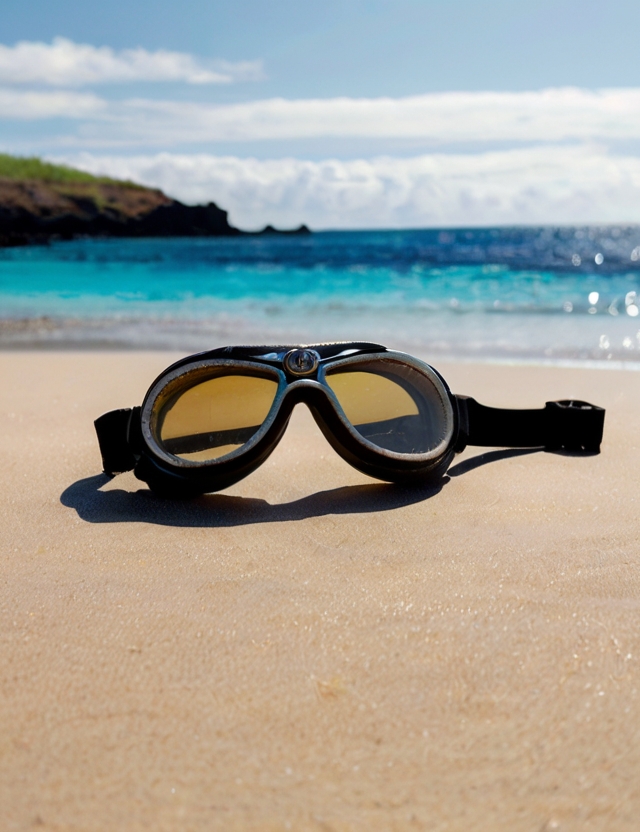
Admittedly, you could easily get away with just goggles if you're proficient in skin diving and don't plan on scuba diving. However, if you plan on scuba diving, then you will thank yourself for bringing your own mask that you know how to clear/flood.
US Dollars
Don't make the mistake of thinking everywhere in the Galapgos accepts cards. It's not the case, even despite broad Starlink internet coverage on the islands.
Not only can you save yourself absorbant fees at ATMS and on your card via currency exchange, but you can confidently purchase from all vendors in the Galapgos.
Remember: even if you have a US banking account, Ecuador is still a foreign country and counts as a foreign transaction. Check your credit card terms; in most cases your bank will charge you a fee for transacting in Ecuador.
If you run out of US dollars, or if you forget to perform the currency exchange prior to your departure, ATMs in the Galapgos often don't work or only function intermittently. While in Santa Cruz, Puerto Ayora, I witnessed long lines of confused and frustrated foreigners trying to withdraw US dollars from the ATMs. Even a group of 3 ATMs didn't work for some foreigners. After speaking with some of these foreigners, whether or not they successfully withdrew funds largely depended on their cards' issuing banks.
Worse yet, you could get stuck or detained in the Galapagos if you run out of funds upon entering the arcipelego. In order to enter the Galapagos, foreigners must pay $100 USD for the "ecological park tourist entrance fee". This must be paid in cash. This is in addition to the $50 USD fee fo the transit pass which you obtain prior to boarding your flight to the Galapagos.
What happens if you don't have enough cash to pay for the $100 USD entrance fee? I asked some unfortunate foreigners to find out. These unlucky foreigners had to wait in detention until a customs agent could escort them to an ATM at which point they had to pay the 4% ATM fee on top of the foreign transaction fees their bank charges them. Quite an unfortunate story. Don't let that be you.
Bring USD cash.
How Expensive is the Galapagos?
The topic of money and US dollars begs the question of how expensive it is to travel in the Galapagos. Thankfully, I meticulously track my expenses, so I have crunched the numbers for you.
Per day, if you want to live somehwat lavishly, expect to spend, on average, $75 USD per person. This includes experiences, tours, food, and accomodation. But I can break it down even further with a table:
- Food: 40USD per day
- Accomodation: $25USD per day
- Experiences: $45USD per day
So, to live lavishly in the Galapagos, expect to spend $15-25 USD per meal. And experiences cost around $45 USD each. Thus, the daily total comes down to roughly $100 USD per day, including accomodation.
What Not to Bring to the Galapagos
Food
This one surprised me: I got a long lecture from the customs agent in the Quito airport when he discovered my arsenal of food.
For somewhat obvious reasons, biological and fresh fruits and vegetables aren't allowed into the Galapagos. Trying to bring in food to the Galapagos will cost you dearly -- as the customs "ticket" indicated if I were to keep the biological compounds. The customs agent, upon discovering my fresh strawberries, explained to me that while strawberries themselves were permitted, the stems were not becuase they are a stem/leaf.
So best to discard all your fruit and vegetables before leaving for the Galapagos.
Water Bottles
While this may come as controversial, I still think the space savings of a water bottle may allow you to pack other important items such as shorts, gym shirts, sandals, and sunscreen.
Bottled water is easily accessible in the Galapagos, as the local tap water is undrinkable. As a result, you can find bottled water at nearly every shop and restaurant. Be aware, however, that restaurants will charge you $1-2 USD extra for water.
Most AirBnBs, hostels, and hotels will offer you free water. If you don't see a water station at your accomodation, then ask the host if they provide water. In my experience all the hostels I stayed in offered free water.
While you can certainly bring your own water bottle and refill it, I found that purchasing one water bottle ($2 USD) and refilling that water bottle works best for me, as I save the space in my bags.
(Note on tap water: tap water is safe to drink in major Ecuadorian cities like Quito, so you can save money by ordering tap waters in these cities).
Computer or Laptop
Don't bring a computer or laptop unless you absolutely need to for work.
If you plan your trip fully, you won't have time to spend on the computer. And hopefully, that's the goal; you can spend plenty of time on the computer when you return home where you likely don't have access to a beach and tropical weather.
Furthermore, though Starlink coverage is ubiquitous, internet speeds can vary highly depending on usage.
Ask yourself: do you really want to be staring at screens during your vacation to the Galapagos?
If you do expect to work while travlling to the Galapagos, understand that internet access is intermittent at best. Tethering through a local Ecuadorian phone plan won't work, either, unless you go with Claro (which happens to have 4G coerage in the major cities in the Galapagos). I went with a third-party and only had "E" or "Edge coverage" for data -- the slowest connection possible.
Everthing Else
This list could go on and on, so I place everything else in the "optional" category, meaning at your own discression. Items like travel pillows, cosmetics, toothpaste, and cameras or miscellanious electronics.
Remember: if you don't need it, then don't bring it. Travelling by this mantra will enable you to travel much more confidently, save you money, and make your trip much easier.